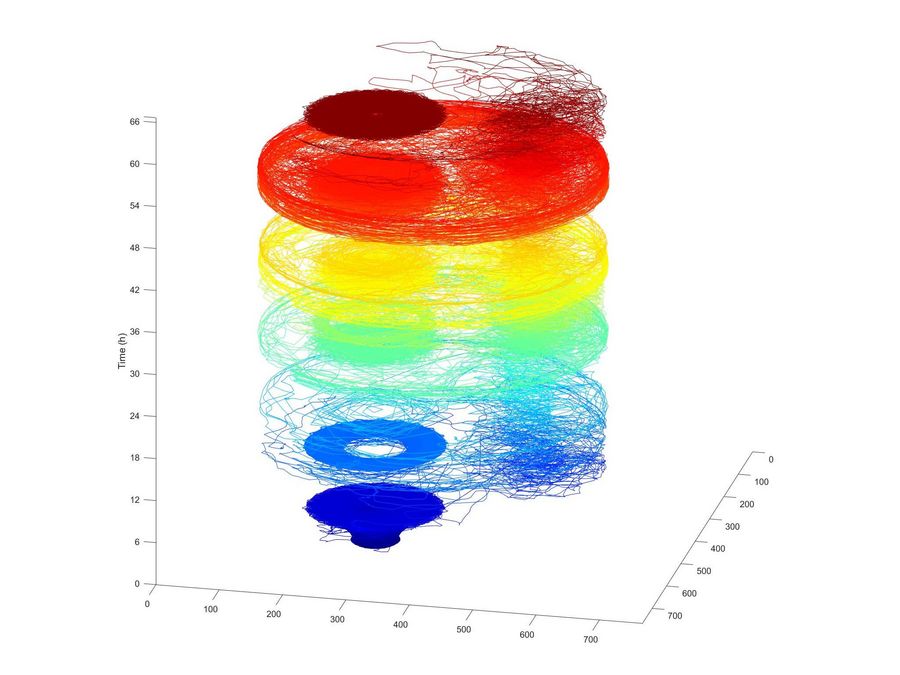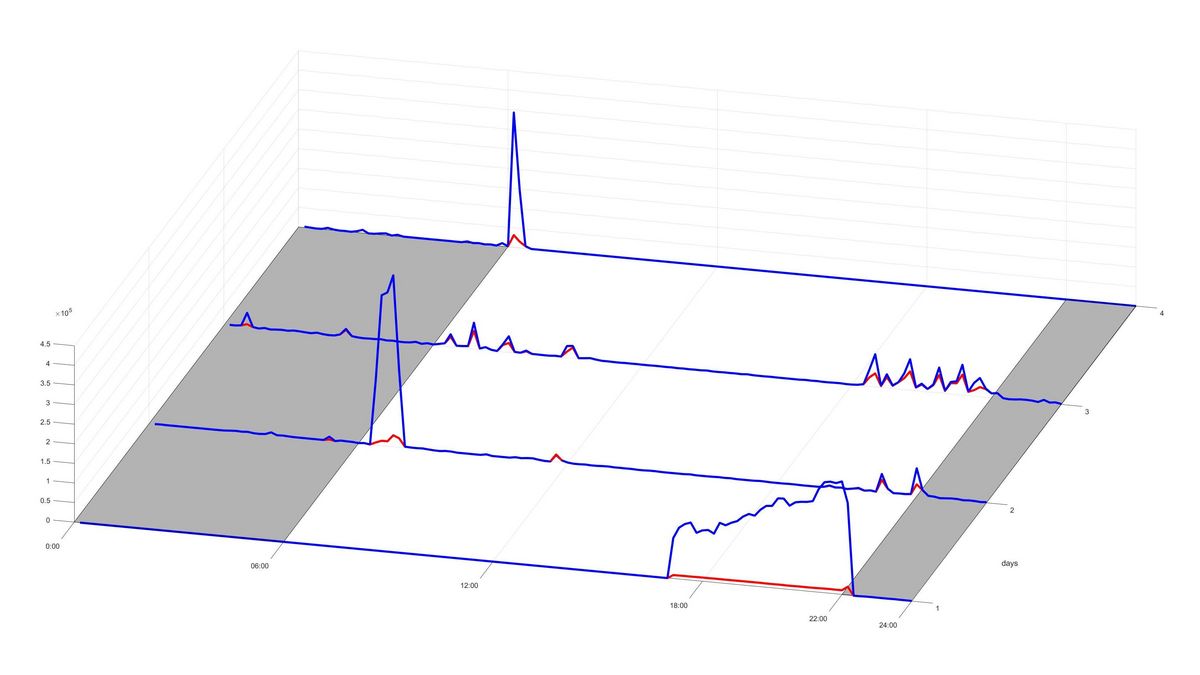A sub-category of individual play is sliding, swinging, spinning - in short: voluntary passive movement. We examine to which degree this can be found in insects and what it's good for.
Aim
Many animals expose themselves to passive movement like swinging, sliding and spinning. Do insects do the same if they have the choice, and if yes - why?
How
We expose flies to a stress-free 'enriched environment', where they can voluntarily move onto a spinning platform. Subsequently, we search for 1) stereotypical behavioural traits and 2) test carousel-exposed males for their mating success in a competitive courtship assay.
Goal
We are trying to understand the evolutionary advantage of intentional exafference.
Publications
Play-like behavior exhibited by the vinegar fly Drosophila melanogaster
Triphan T, Ferreira HC, Huetteroth W.
Curr Biol. 2025, March 10;35:1145-1155.
DOI: 10.1016/J.CUB.2025.01.025
A screen for constituents of motor control and decision making in Drosophila reveals visual distance-estimation neurons
Triphan T, Nern A, Roberts SF, Korff W, Naiman DQ, Strauss R.
Sci Rep. 2016 Jun 3;6:27000.
DOI: 10.1038/srep27000
Layered reward signalling through octopamine and dopamine in Drosophila
Burke CJ*, Huetteroth W*, Owald D, Perisse E, Krashes MJ, Das G, Gohl D, Silies M, Certel S, Waddell S.
Nature. 2012 Dec 20;492(7429):433-7.
DOI: 10.1038/nature11614

